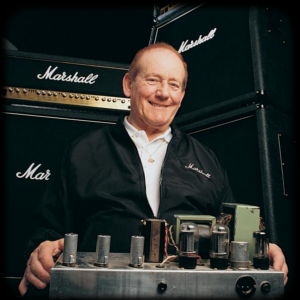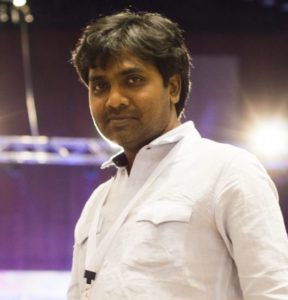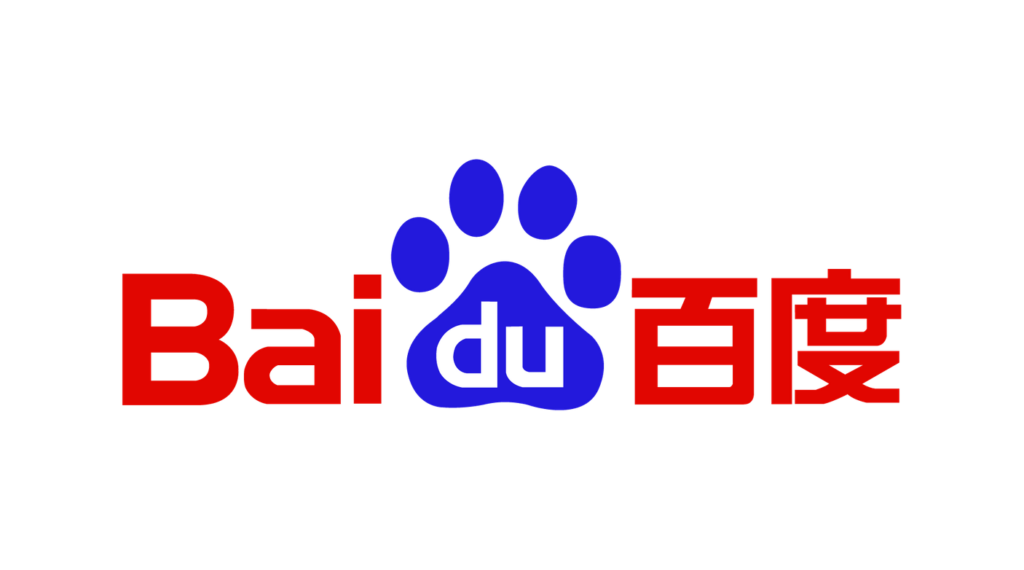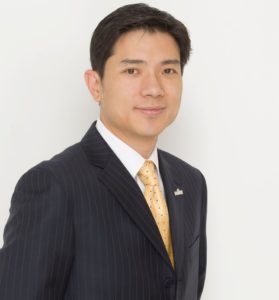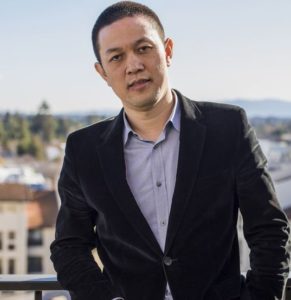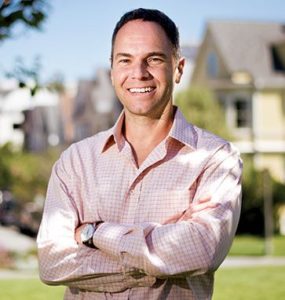Jason Wang : The ‘$10 to $90M’ Journey of a Passionate Entrepreneur
Entrepreneurship has always been a term that possibly the three-fourth of the world population look forward to. There are rarely any people who are happy with the idea of the 9 to 5 job. Every person must have thought about starting up their own business and being their own boss at least once in their lifetime. And it is fair too, as working for oneself and doing the work out of passion is what makes everyone successful. One such person, who was always in the favour of becoming his own boss is Jason Wang, an American serial-entrepreneur, who founded the food delivery service Caviar.
Jason Wang belongs to the Japanese descendent and graduated from Berkely University. He was still in school when he started his first business, i.e., an anime website, which served a total of 30,000 unique visitors every month. He received $1 for every ten visitors through ads, and hence, was earning $30 a day. But soon, the creators of Cardcaptor seized the domain name of his website, and his first business came to an end.
After graduating from the University of California, Berkeley, (Haas School of Business), he worked with big-name companies, including Google and Microsoft. Though he had a good salary package and had a stable job, he was still dreaming of building his business. So finally, after leaving his corporate job, he founded a mobile app development company, 815 Productions, in 2010. With his company, he developed an app that extracted data from Craigslist. Though the app was quite useful, the venture also got shut in a few months. But still, he remained to be encouraged to do something big and on his own. He kept on thinking of new ideas that would be a kick-starter for his entrepreneurship.
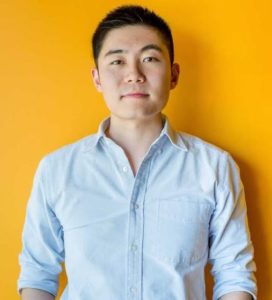
During the same time, Groupon was taking over the world with its amazing deals. He was impressed by how the company was establishing itself in no time. Seeing the growth of the company, Jason was forced to look at the business model of Groupon, upon which he found out that most of the people were going for the food deals on the platform. This led him to think of a similar coupon business that only would provide deals in food items.
Jason concluded that it would be better to target the university students to get more customers in one place without investing in ads. So he launched MunchOnMe for the Berkeley University students first. At the same time, Paul Graham from Y Combinator came to the university for his keynote and asked the students to apply for the accelerator program at Y Combinator.
Jason Wang had already registered 3000 users to MunchOnMe and applied to Y Combinator with the same idea. He made it to Y Combinator for its summer batch. It was a life-changing experience for him, as he got to listen to the big tech entrepreneurs and learn more about the business. He also received an $18000 seed funding for MunchOnMe.
After launching MunchOnMe officially for the general public, Jason realised that the business was good, but could not sustain for a longer time. So after operating it for a few months, he decided to sell the company. While selling the company, he made it clear to the buyers that he won’t be a part of the company and will lose every right over it.
The money he earned from the company’s acquisition helped him and his teammates to survive for a year and a half. But after that, he ran out of money. According to an interview with Jason Wang, there was a time when he had only $10 in his business account. But fortunately, the place he was renting had enough space to make room for new tenants, and he rented half of the place for $600.
While working in his office in San Francisco, he and his teammates felt the craving for Ike Place’s sandwiches, but the restaurant was on a distance of 45 minutes. So it would take them to go and come back from the restaurant a total of one and a half hours plus one hour of standing in the long queue at the restaurant. They called the restaurant for delivery, but they did not have the service available at that time. This was the year 2012, even before Uber. So there were no resources that could help Jason and his teammates to get the sandwich in time.
This incident made Jason think of a delivery service that would help people to get the desired food at their doorsteps. This led to the launch of Caviar.
Jason started working on the idea and partnered with three restaurants, i.e., Ikes Place, HRD and Nick’s Cripsy Tacos. The idea was to get people what they wanted to eat, delivered at their doorsteps. And, initially, Jason and his team would deliver the food by themselves. It was easier for him to get new customers as he talked about the idea with his friends from the University, Office, and also from Y Combinator. In the beginning, they would deliver on the lunchtimes and only on the weekdays. But soon, the company started gaining more customers and partnered with more restaurants. This way, Caviar gained most of its users within the six months of its launch and became popular among the masses.
The company had a kickstart, and in two years, it raised more than a $13 million from the investors. Jason did not have a long journey with Caviar, but it was the most successful business of his life. He sold the company to Square in 2014 for a rumoured $90 million.
Though Jason Wang sold his company, he is still active as a growing entrepreneur and has made a few investments in different ventures. Alongside Caviar, he also launched a few restaurants and also co-owns a hospitality group called Umai. He is also the founding partner of Beluga Capital, the venture that helps the tech startups with funding. He is a big food lover and also founded a food blog named Cityfoodsters. Jason also got his name listed under the Forbes 30 Under 30 in 2015.

Yashica is a Software Engineer turned Content Writer, who loves to write on social causes and expertise in writing technical stuff. She loves to watch movies and explore new places. She believes that you need to live once before you die. So experimenting with her life and career choices, she is trying to live her life to the fullest.


